1. What is Ambergris?
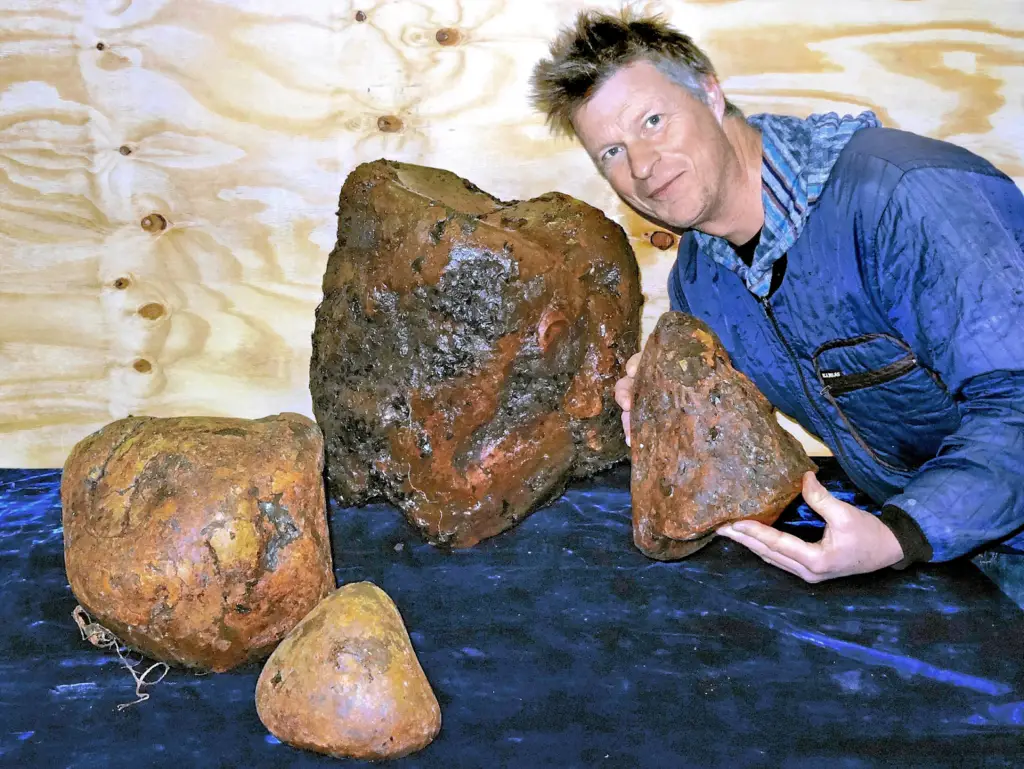
Ambergris is a waxy substance that originates from the intestines of sperm whales. Though often referred to as “whale vomit,” it’s actually more likely to be expelled through the whale’s intestines after a long process of digestion. According to the Natural History Museum, the material begins as a soft, foul-smelling substance that forms when the whale’s body tries to protect its digestive tract from the hard, sharp objects it consumes, like squid beaks. Over time, the ambergris hardens and becomes more solid, eventually floating on the ocean.
Ambergris can wash up on beaches across the world, ranging from tropical regions to colder climates. While not all sperm whales produce ambergris, it’s considered a rare and valuable find when it does occur. In fact, many people who find ambergris on beaches don’t even know what they’ve found until it is tested for its authenticity. The transformation from whale waste to prized substance is a fascinating journey, making ambergris one of the most coveted and mysterious treasures on earth.
2. It Has a Unique Odor
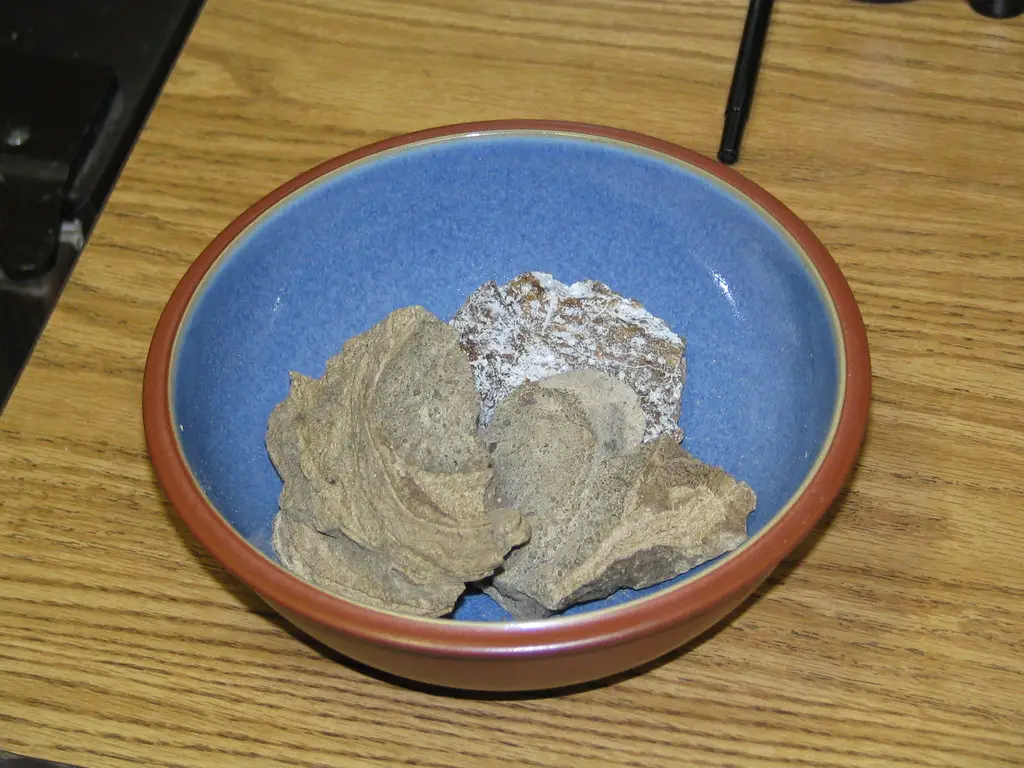
Fresh ambergris is known for its extremely unpleasant smell. When it first forms in the whale’s digestive system, it has a rancid, foul odor, reminiscent of a mixture of feces and decaying matter. This unpleasant aroma is due to the high concentration of bile, fat, and other organic compounds. However, over time, as the ambergris floats on the ocean or washes ashore, it undergoes a remarkable transformation. The salty seawater and sun exposure help to mellow its odor, turning it into a sweet, musky, earthy fragrance that’s highly sought after by perfume makers.
According to The University of Chicago Press, the scent of aged ambergris has a deep complexity that cannot be replicated by synthetic fragrances. In fact, some perfumers even refer to ambergris as the “soul” of a perfume, as it acts as a fixative, making other scents last longer. The shift from foul to pleasing scent is a key reason why ambergris is valued so highly in the fragrance industry. The longer ambergris is aged, the more valuable and potent its fragrance becomes, contributing to its reputation as a luxury ingredient in high-end perfumes.
3. Ambergris Can Be Found on Beaches

While it’s difficult to harvest ambergris directly from sperm whales, it can often be found washed up on beaches around the world. According to Smithsonian Ocean, this is because ambergris floats on the ocean for long periods of time, sometimes drifting thousands of miles across the seas before coming ashore. Beachcombers with an eye for the rare substance sometimes stumble upon ambergris during their walks along the shoreline. Depending on how long it has been floating in the ocean, ambergris may appear in various forms. It can be hard, waxy, and dark, or it may be soft, sticky, and light in color.
The length of time spent in the water determines the quality of ambergris, with older pieces being much more valuable. Some beachcombers have found pieces weighing several pounds, making them worth tens of thousands of dollars. However, finding ambergris on the beach is rare and requires both luck and knowledge of what to look for. It’s important to know that in some countries, collecting ambergris from beaches is regulated or even illegal due to concerns over the conservation of sperm whale populations.
4. It’s Rare and Valuable
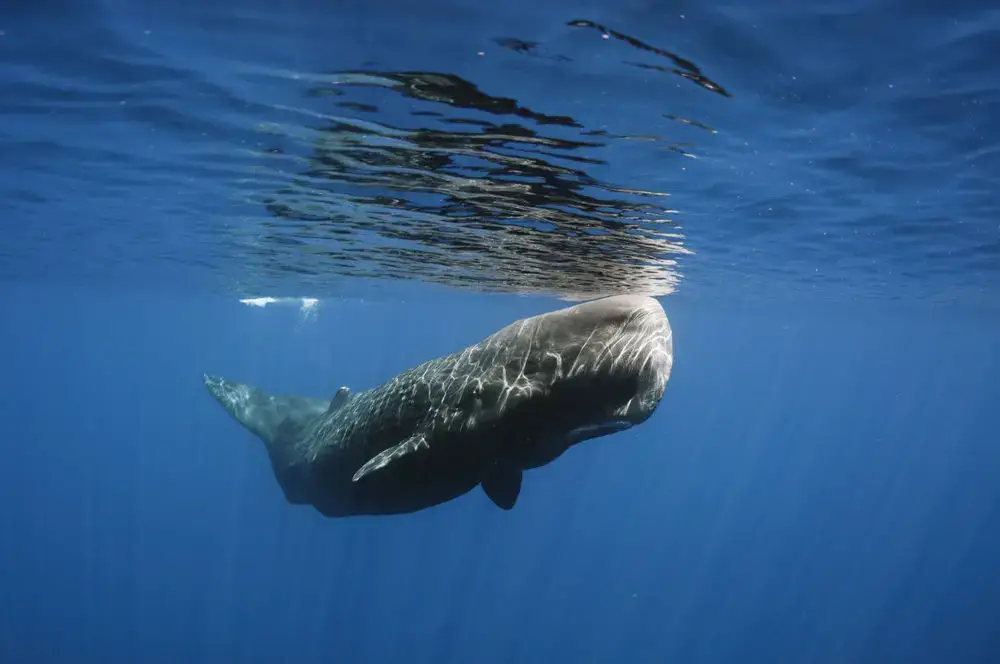
Ambergris is an extremely rare substance, and only a small percentage of sperm whales produce it. While sperm whales are large creatures, they do not always generate ambergris, and it’s difficult to predict when or how much of it will form. For a piece of ambergris to be valuable, it needs to meet specific criteria, including its age, texture, and scent profile. The rarer the ambergris, the higher its price on the market. Some of the finest ambergris can sell for thousands of dollars per pound or more, as discussed by the New York Post.
The fact that ambergris is a natural substance that is difficult to obtain only increases its value, and it has been prized for centuries by the wealthy and powerful. Historically, ambergris was a symbol of luxury and sophistication. It was used in perfume making, medicine, and even as an aphrodisiac. Today, ambergris is still highly valued in the luxury perfume industry, with some modern fragrances using it as a key ingredient to enhance their complexity and longevity. Its rarity and the fact that it’s found in the wild only add to its mystique and allure.
5. Used in Perfume Making
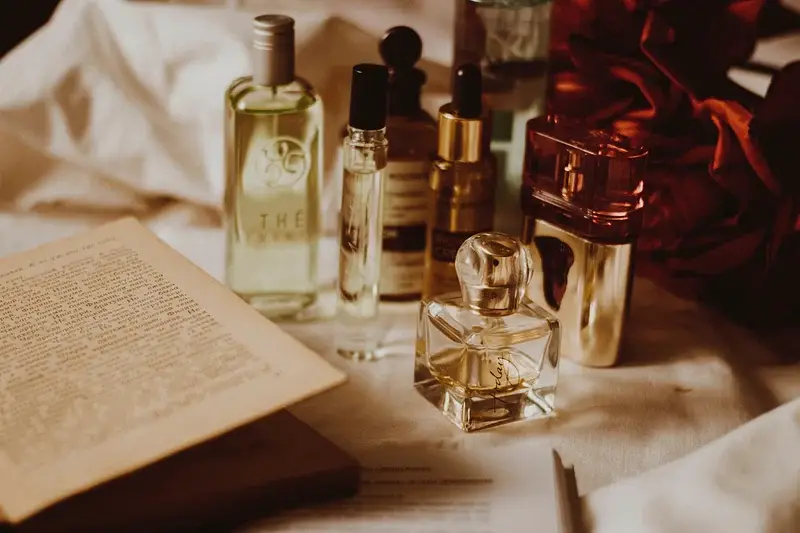
One of ambergris’s most notable uses throughout history has been in the perfume industry. The substance has a unique ability to enhance other fragrances, giving them depth, longevity, and complexity. As a fixative, ambergris allows perfumes to last longer on the skin by binding the fragrance molecules together and preventing them from evaporating too quickly. According to Maison Anthony Marmin, the distinctive scent of ambergris, once it has aged and matured, is described as musky, warm, and somewhat sweet, which blends beautifully with floral, woody, and spicy notes. Some of the world’s most expensive perfumes, particularly those made by top-tier houses, contain traces of ambergris, though the use of it has become rarer due to ethical concerns and the high price of genuine ambergris.
The history of ambergris in perfume dates back centuries, with ancient civilizations using it in their fragrant concoctions. It was especially sought after in Europe during the 17th and 18th centuries, when it was used not just in perfumes but also in scented oils and cosmetics. Despite the rise of synthetic alternatives, ambergris continues to be a prized ingredient for select, high-end perfumes. The luxury fragrance market still cherishes ambergris for its natural, incomparable fragrance, making it a symbol of exclusivity and refinement.
6. It’s Not Always Easy to Identify
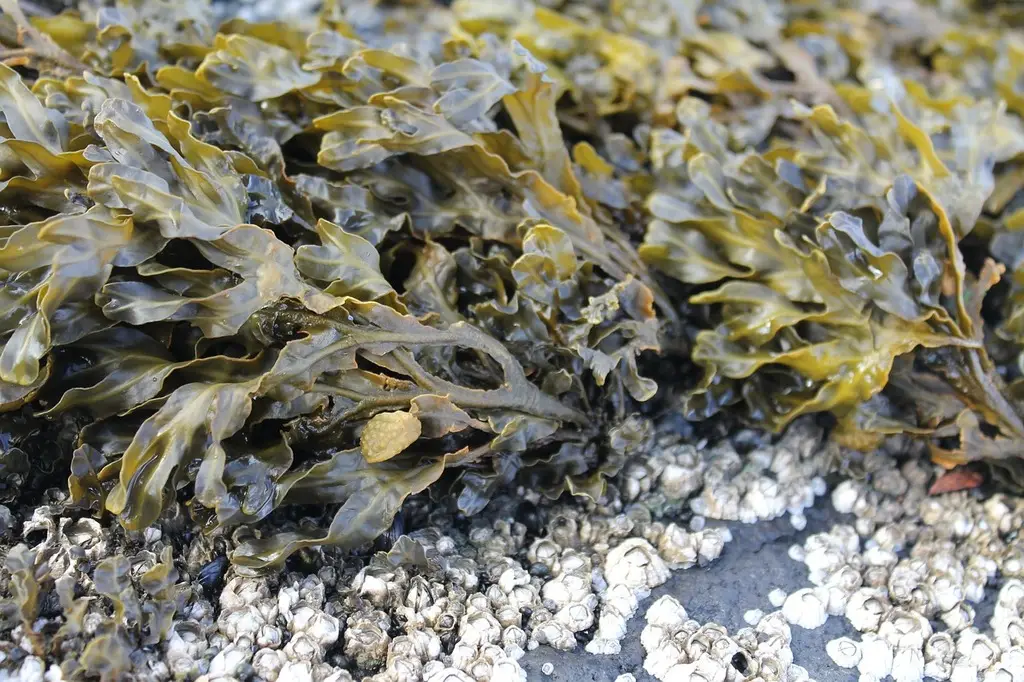
While ambergris is valuable and rare, identifying it isn’t always straightforward. Fresh ambergris has a sticky, gooey texture and a pungent, foul odor that can easily be mistaken for other substances. Sometimes, it can resemble tar or seaweed when it first washes up on a beach, making it difficult for untrained eyes to recognize. As it ages and undergoes chemical changes, ambergris becomes harder, waxier, and more solid. The texture also changes depending on how long the ambergris has been in the water and the conditions it has been exposed to.
In its final form, ambergris is a smooth, waxy substance that often ranges in color from dark gray to black, but can also appear lighter in color, depending on the aging process. The real challenge lies in identifying ambergris in its raw state, as it doesn’t always have the distinctive smell associated with it until it’s aged. Some people have been known to mistake ambergris for other whale products or marine life. Therefore, if you believe you’ve found ambergris, it’s wise to have it tested by an expert or a laboratory to confirm its authenticity before attempting to sell or use it.
7. It Has Medicinal Uses
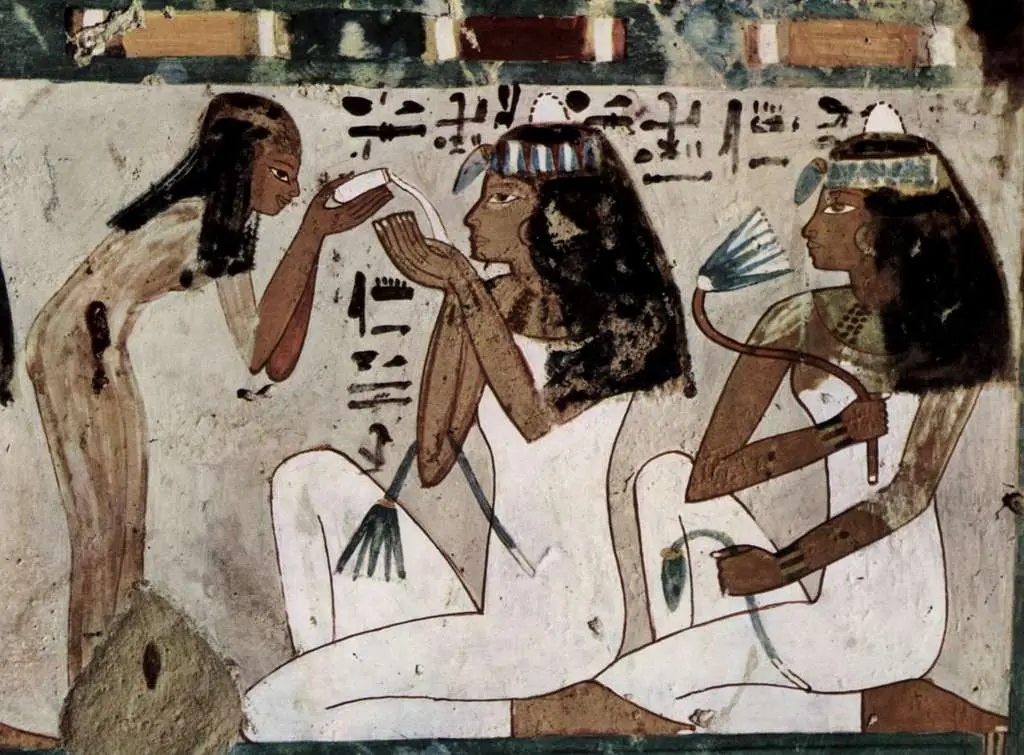
Throughout history, ambergris has been used in various medicinal practices, particularly in ancient and medieval times. It was believed to have numerous therapeutic benefits, and many cultures prized it for its supposed healing properties. Some ancient Egyptians, for example, used ambergris as a remedy for digestive issues, while others in the Middle East used it as an antidote for poison or a cure for epilepsy. In medieval Europe, ambergris was considered a potent medicine, often ground into a powder and used as a treatment for a variety of ailments.
It was also used in perfumes intended to soothe the mind and body. While modern medicine no longer supports these uses of ambergris, the belief in its medicinal powers persisted for centuries. Despite the rise of synthetic alternatives, ambergris’s historical role in traditional medicine contributes to its mystique. Today, ambergris is no longer used in medicine, but its legacy as a healing substance adds to its allure. The story of ambergris is one of both mystery and utility, cementing its place in both historical and contemporary luxury.
8. It’s Subject to Ethical and Legal Scrutiny
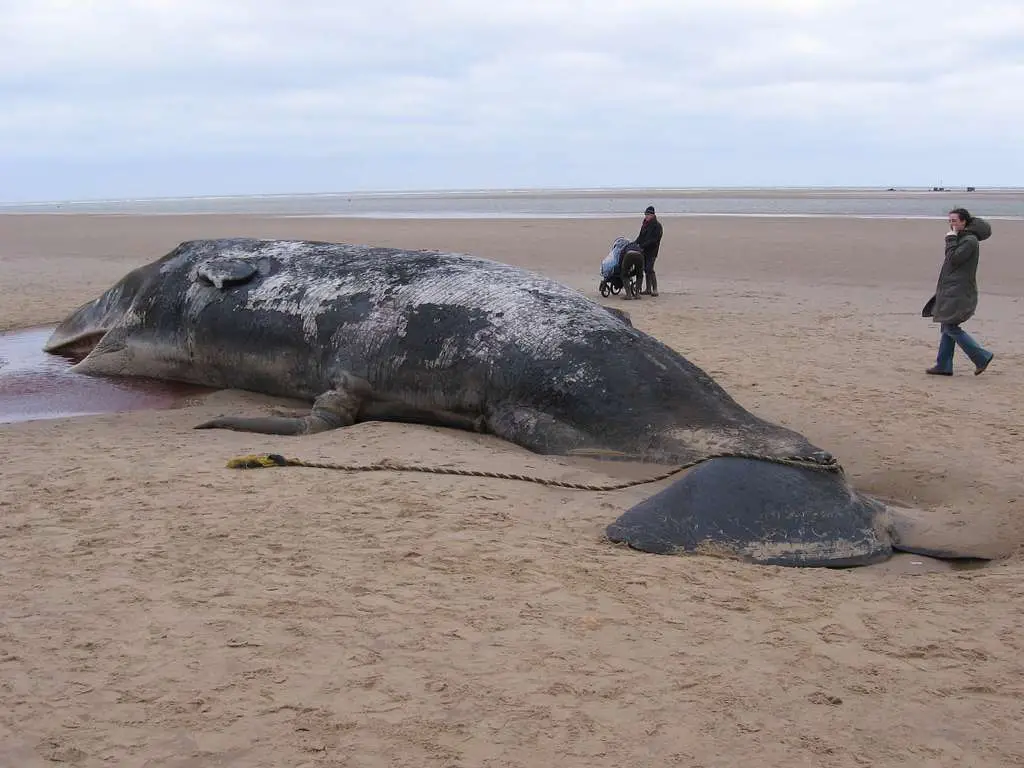
Due to its origins in the digestive system of sperm whales, ambergris is subject to significant ethical and legal scrutiny. The production of ambergris in whales is a natural process, but the harvesting and trade of it are heavily regulated in many countries. Since sperm whales are classified as endangered, conservation laws prohibit the collection of ambergris from living whales or from any activities that may harm these protected animals. In the past, people hunted sperm whales for their oil, which was used in lamps, and their ambergris, but this practice has been largely outlawed due to concerns about whale populations. Many countries now restrict the collection of ambergris to beachcombers who find it naturally washed ashore, and even then, there are laws about its sale and trade.
Some regions require licenses or permits to harvest ambergris, while others have completely banned its collection to prevent the exploitation of sperm whale populations. As awareness of endangered species increases, the ethical debate surrounding the use of ambergris has also grown, with some consumers and companies choosing to forgo it in favor of synthetic alternatives. Despite these legal concerns, ambergris remains highly sought after for its historical significance and fragrance properties.
9. How It Forms in Whales
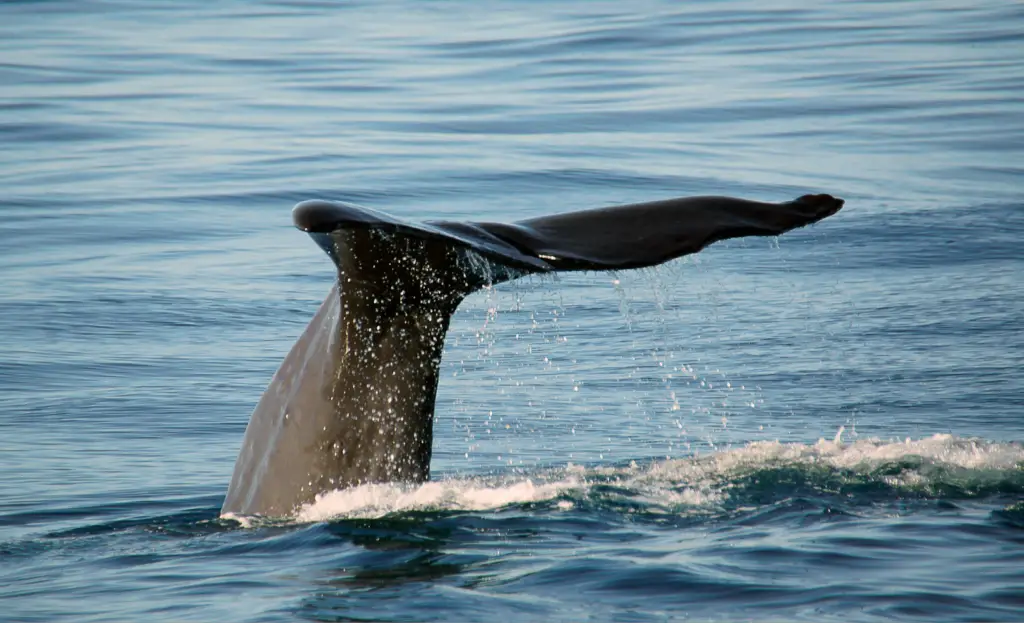
Ambergris forms in the intestines of sperm whales as a byproduct of their diet. Sperm whales primarily eat squid, which can sometimes contain sharp, indigestible beaks that irritate the whale’s digestive system. To protect itself from these sharp objects, the whale produces ambergris, a fatty substance that coats the offending material and prevents it from causing further harm. This process may take months or even years, during which time the ambergris solidifies and matures.
Eventually, the ambergris is expelled from the whale’s body, often floating on the ocean’s surface before eventually washing up on shore. The exact mechanism behind the formation of ambergris is still not fully understood, but it is believed to be a natural process designed to protect the whale from damage. The chemical composition of ambergris can vary depending on the whale’s diet and environment, contributing to its unique scent profile. Despite its mysterious nature, ambergris continues to intrigue scientists and researchers alike.
10. Different Types of Ambergris
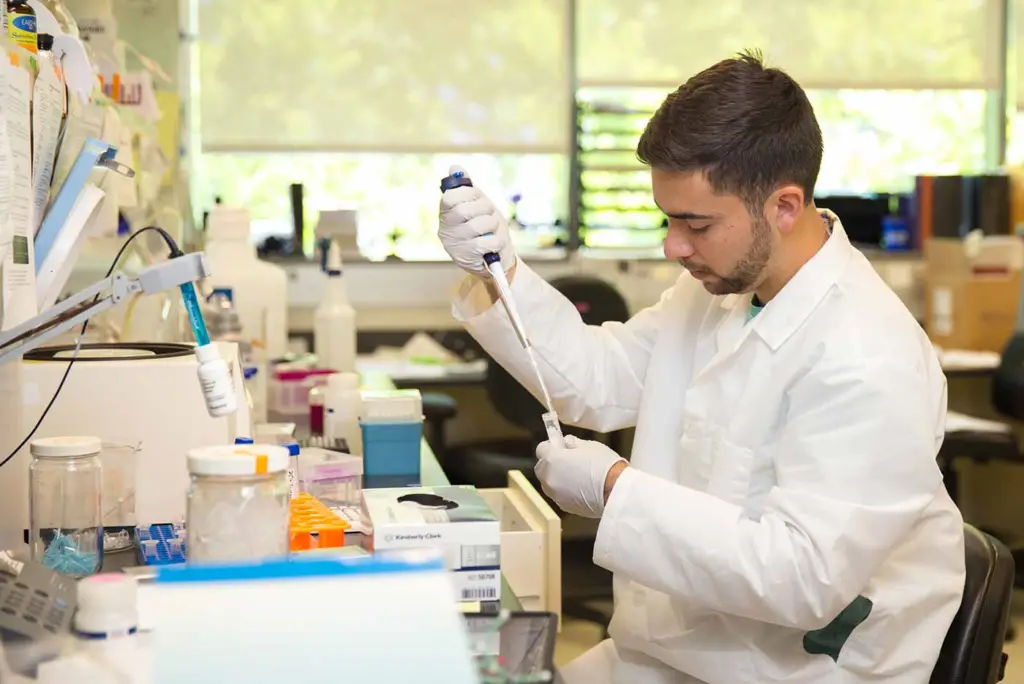
Ambergris can vary widely in terms of quality, texture, and appearance, and it is typically classified into different types based on its age and state. Fresh ambergris tends to be soft, sticky, and dark in color, while aged ambergris becomes harder, waxier, and lighter. As ambergris ages and is exposed to the elements, its chemical composition changes, contributing to its distinct smell and texture. Ambergris can range from a light gray or pale yellow to a dark brown or black, with older pieces often being the most prized for their complex scent profile.
The type of ambergris determines its value, with high-quality, aged ambergris being the most expensive. Some pieces may be entirely smooth and solid, while others may have small pieces of shell or other marine debris embedded within them. The more refined the ambergris, the more likely it is to be used in luxury perfumes and other high-end products. As a result, collectors and perfume makers often seek out the finest types of ambergris, making it an important part of the fragrance industry.
11. How to Harvest Ambergris
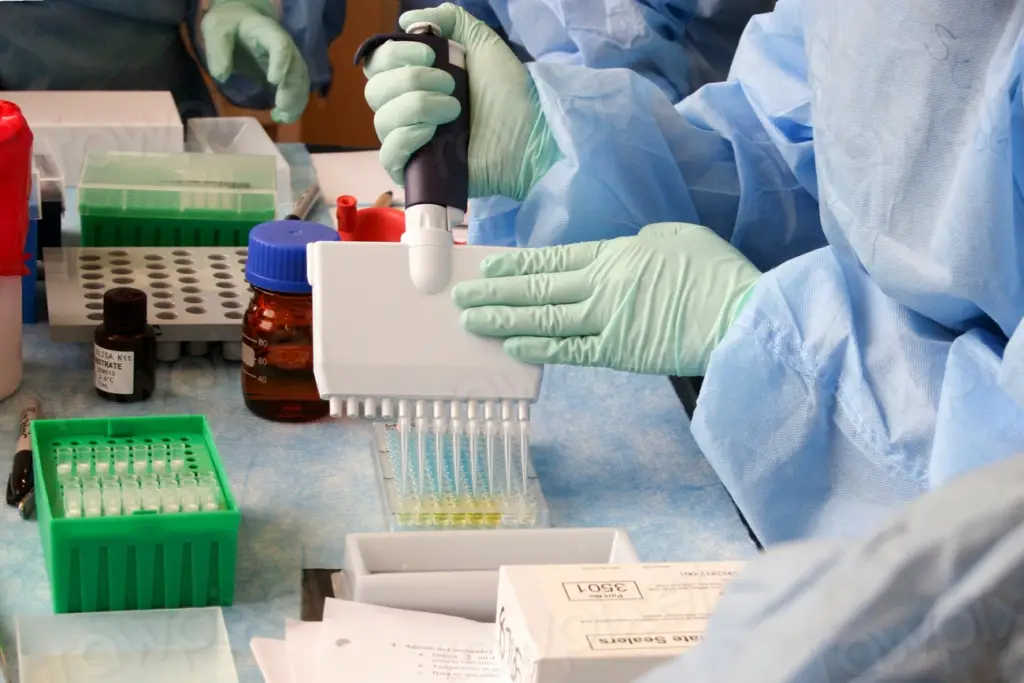
While finding ambergris on a beach can be a rare and exciting discovery, it’s important to know how to properly identify and harvest it. The process starts with a keen eye and some basic knowledge about what ambergris looks like. As ambergris is often weathered by the ocean, its appearance can vary, but it typically has a smooth, waxy texture and a grayish or blackish color. If you think you’ve found ambergris, make sure to inspect it closely. Authentic ambergris will feel dense and solid, not soft or overly spongy. If you are unsure about whether what you’ve found is real ambergris, it’s a good idea to have it tested at a lab, especially if you intend to sell it.
In many countries, laws regulate the collection of ambergris, so it’s essential to familiarize yourself with local regulations before taking it home. In some places, permits may be required, or collecting ambergris may be illegal altogether, especially if it has come from a protected species. If you find a piece of ambergris on a beach and it passes the tests for authenticity, you may be in for a significant financial windfall.
12. A Piece of History
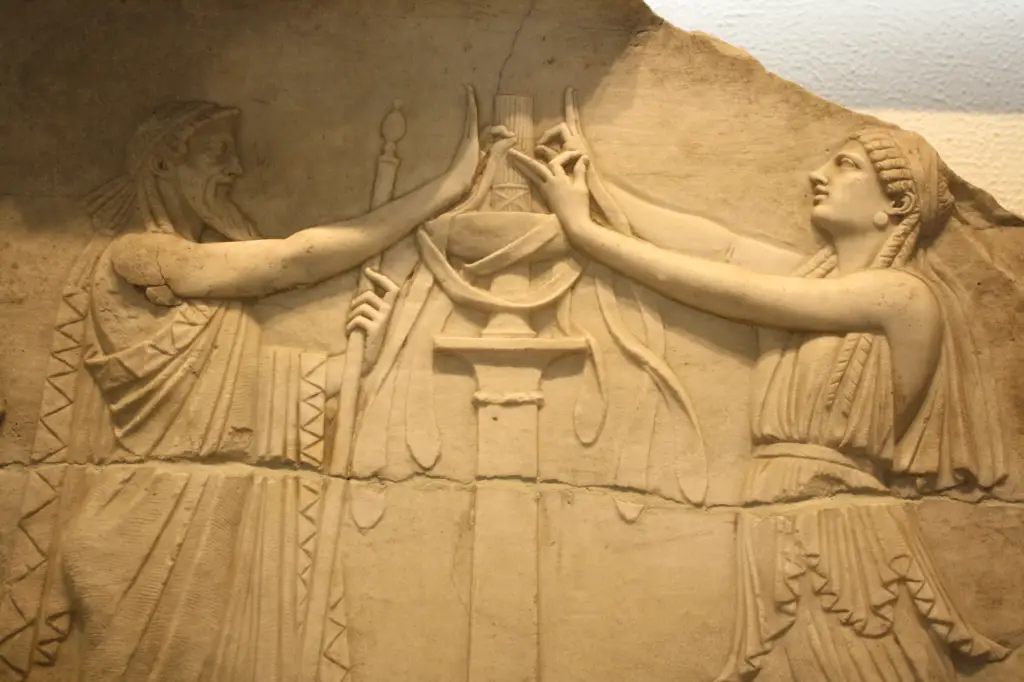
Ambergris is more than just a valuable commodity; it’s also a piece of history that has shaped cultures and industries for centuries. Dating back to ancient times, ambergris was prized by civilizations such as the Egyptians, Greeks, and Romans. It was used in perfumes, incense, and cosmetics, as well as for medicinal purposes. The material was considered so valuable that it was often reserved for royalty and the wealthy elite. Throughout history, ambergris has been a symbol of luxury, wealth, and sophistication, making it highly coveted among the upper classes. Its use in perfume-making was particularly prominent in Europe during the 17th and 18th centuries when it became a staple ingredient in the fragrance industry.
The legacy of ambergris as a symbol of opulence continues today, as high-end perfume houses still incorporate it in their most exclusive creations. Despite modern alternatives, the allure of ambergris remains strong, both as a rare material and as a reminder of centuries of tradition. Whether as a component of luxury perfumes or a treasure found on a distant beach, ambergris represents a unique blend of nature’s wonder and human history.


